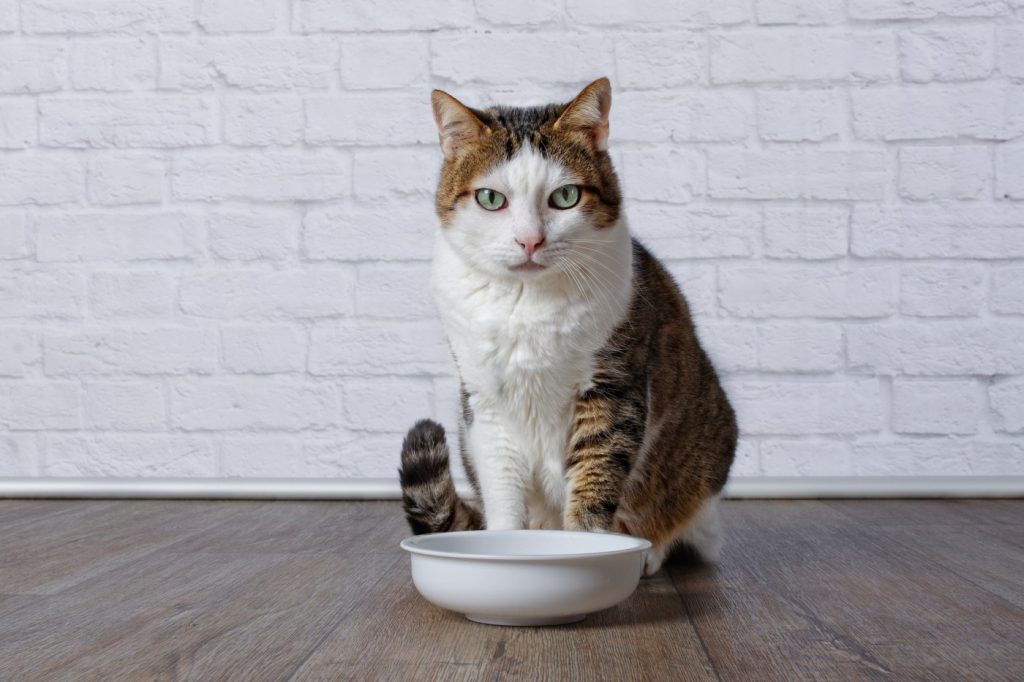DEAR JOAN: I love your weekly pet column and think other readers might have this problem. Our precious cat, Pumpkin, is almost 19 years old. She was a rescue kitty, so we don’t know exact age.
She is now quite senile, and one result of this is incontinence. Thankfully there are no urine issues but we now have an entire bathroom set aside for her. It’s not enough. She poops, without knowing it is happening, on the carpeting throughout the house. This is usually accompanied by barfing.
I find myself chasing her around the room with a newspaper to catch her barf at 2 a.m. While we clean up after her, the rugs are the worse for wear
My husband is averse to putting her down but something has to happen regarding health conditions in our home of 35 years. It sometimes smells, but he loves little Pumpkin.
Stress along with PTSD is running high. What have others done when the main problem is poop and a senile cat? You would be doing us an immense service by offering advice.
— Mike O’Connor, San Francisco
DEAR MIKE: My first advice is to get Pumpkin to the vet for a full check up. Senility might not be responsible for her pooping.
There are two primary physical reasons for bowel incontinence in cats. The first is reservoir incontinence and involves a disease of the rectum. The other common problem is sphincter incontinence. In this case, the muscle that opens and closes the rectum remains open and the poop spills out. It could be caused by lesions, nerve damage or spinal injury.
In either case, there are treatments and changes to the cat’s diet that could help, but there is no definitive cure or medicine for the conditions. If Pumpkin has lesions, those can be surgically removed, and her incontinence might improve, but you won’t know until she sees a vet and gets a proper diagnosis.
In the meantime, restricting Pumpkin to one part of your home – one that is the easiest to clean – can help with the mess and odor. You might want to cover furniture and rugs, so the offending material doesn’t end up staining.
Pumpkin is nearing the end of a very long life, and I know she is well-loved. Try not to stress too much. It might be a little messy, but so is love.
DEAR JOAN: With the saturated soil, I am finding a healthy population of earthworms when I dig anywhere.
This raises a question for me that I have had before: What happens to these worms once the soils become dry and hard?
Related Articles
Paw-friendly? Proposed bill would prevent California landlords from banning pets in rentals
Rare hummingbird turns California family’s new yard into tourist attraction
A decade in, the Bay Area’s cat cafe movement is here to stay
How to crate train your cat
Awaiting the count – gray whales population has been declining
— Susan, El Cerrito
DEAR SUSAN: When the rains stop and the soil dries out, some earthworms will die, but most survive by advancing deeper into the soil to find the moisture they need. They also have the ability to go into diapause, a temporary state of dormancy, reviving when the soil is moist again.
In extreme, longer lasting conditions, such as drought, they can go into estivation, wrapping themselves into knots to reduce the amount of body surface exposed to the soil, and then using mucus to seal themselves in high humidity chambers. This allows the earthworm to survive for longer periods of time.
Animal Life runs on Mondays. Reach Joan Morris at [email protected].


